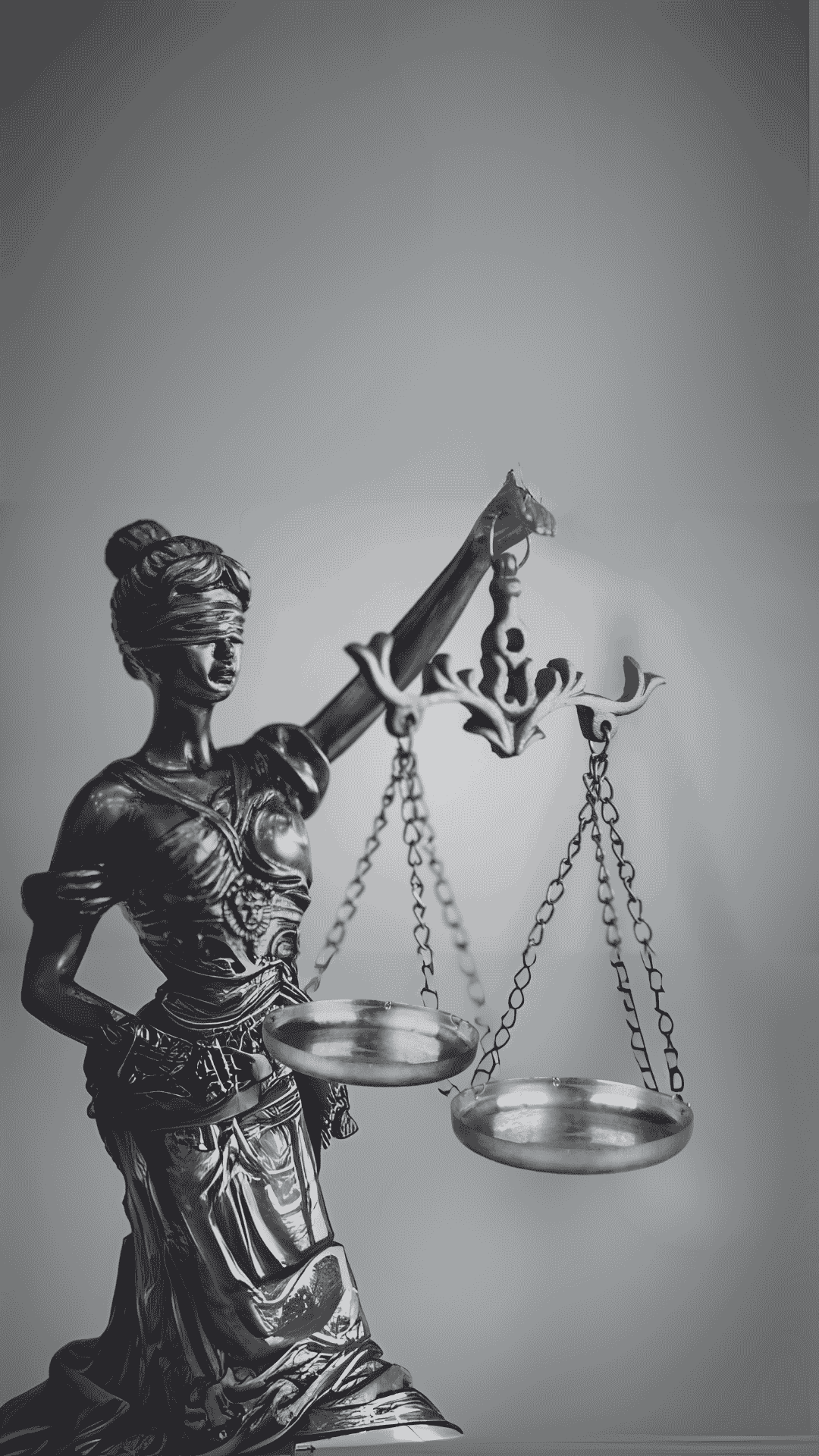As per the rules of the Bar Council of India, we are not permitted to solicit work and advertise. By clicking on the “AGREE” button below, you acknowledge the following:


Ritam Legal, a boutique firm, has grown from expertise in regulatory, commercial and energy law to encompass diverse legal spheres. While offering strategic advisory, litigation and infrastructure consultancy, our consistent endeavor is to ensure synthesis of righteous policy, thought leadership and steadfast commitment to ethical advocacy.